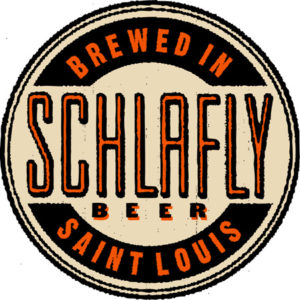The Board dismissed two oppositions brought under Section 2(e)(4) and claiming that the mark SCHLAFLYfor beer is primarily merely a surname. The Board did not rule on the Section 2(e)(4) issue, but instead found that Applicant St. Louis Brewery had established acquired distinctiveness in the mark, thereby overcoming any surname problem. Dr. Bruce S. Schlafly v. The Saint Louis Brewery, LLC, Opposition No. 91207224, andPhyllis Schlafly v. The Saint Louis Brewery, LLC, Opposition No. 91207225 (August 2, 2016) [not precedential].

Standing: Dr. Bruce Schlafly and Phyllis Schlafly, each filed oppositions, which the Board consolidated. It found that Dr. Schlafly had standing to bring the opposition because he uses the name “Schlafly” in his medical practice, and in his practice alcoholic beverages have a “negative connotation due to complications with it,” such as “drunk driving [and] intoxication leading to injuries.” Phyllis Schlafly had standing because many subscribers to her writings consider the consumption of alcohol immoral. [Remember, the standing hurdle is a very low one – ed.].
Acquired Distinctiveness: Section 2(f) provides, inter alia, that a mark barred by Section 2(e)(4) is eligible for registration on the Principal Register upon a showing of acquired distinctiveness.
Applicant established that since 1991 it has marketed beer under marks that include the term SCHLAFLY. It began selling the beer in its own restaurant but now distributes its products in 15 states and D.C. The beer is found in bars and restaurants, in retail stores such as Wal-Mart and CVS, and in several stadiums at sporting events. In 2013 and 2014 applicant sold the equivalent of more than 12 million servings of beer in bottles and cans, and more than five million in draft form. From 2009-2014 it sales represented about 75 million commercial impressions.
The marks appear on packaging, tap handles, trucks, and store displays, in print and billboard advertising, and on collateral items such as key chains [floating? – ed.], coasters, and stickers. Its revenues have increased steadily from 1999-2014, and revenues and advertising expenditures are “substantial for a small-to-medium enterprise.” Applicant’s beer has won several awards and has received media recognition. Its witness testified that the company is often referred to as “Schlafly Beer.”
The Board found that this evidence established that the mark SCHLAFLY has acquired distinctiveness with respect to applicant’s beer.
Over a period of almost 25 years Applicant has conducted its business in such a way as to establish an association between the name SCHLAFLY and its beer; and the evidence shows that a segment of the public has taken note of Applicant’s goods under its mark and would view the designation SCHLAFLY as an indicator of the source thereof.
The fact that the surname SCHLAFLY may be active in disparate fields of endeavor (politics, medicine, etc.), “is unlikely to have interfered with” applicant’s ability to build source significance in its mark.
Opposer argued that the phrase “Schlafly Beer,” not the applied-for mark alone, is used by applicant and those uses do not support registration of SCHLAFLY by itself. The Board pointed out, however, that the only meaningful source indicator is the name SCHLAFLY. The evidence shows that the term SCHLAFLY is almost always strongly emphasized and is rarely combined with anything other than descriptive wording. Nothing in the evidence indicated that customers would fail to perceive SCHLAFLY as the source-indicating portion of applicant’s labels, packaging, and advertising. “In any event, the record evidence … directly shows public recognition of SCHLAFLY, alone, as a reference to Applicant’s product.”
Finally, the Board noted that the “competing renown of Phyllis Schlafly” would be relevant only if it interfered with applicant’s development of acquired distinctiveness. Because her activities are so distant from those of applicant, “there is no reason to believe that those activities have interfered with the ability of customers to associate Applicant’ mark with Applicant’s goods.”
And so the Board dismissed the oppositions.

